Home>Furniture & Design>Bedroom Furniture>Does Memory Foam Get Hard When Cold
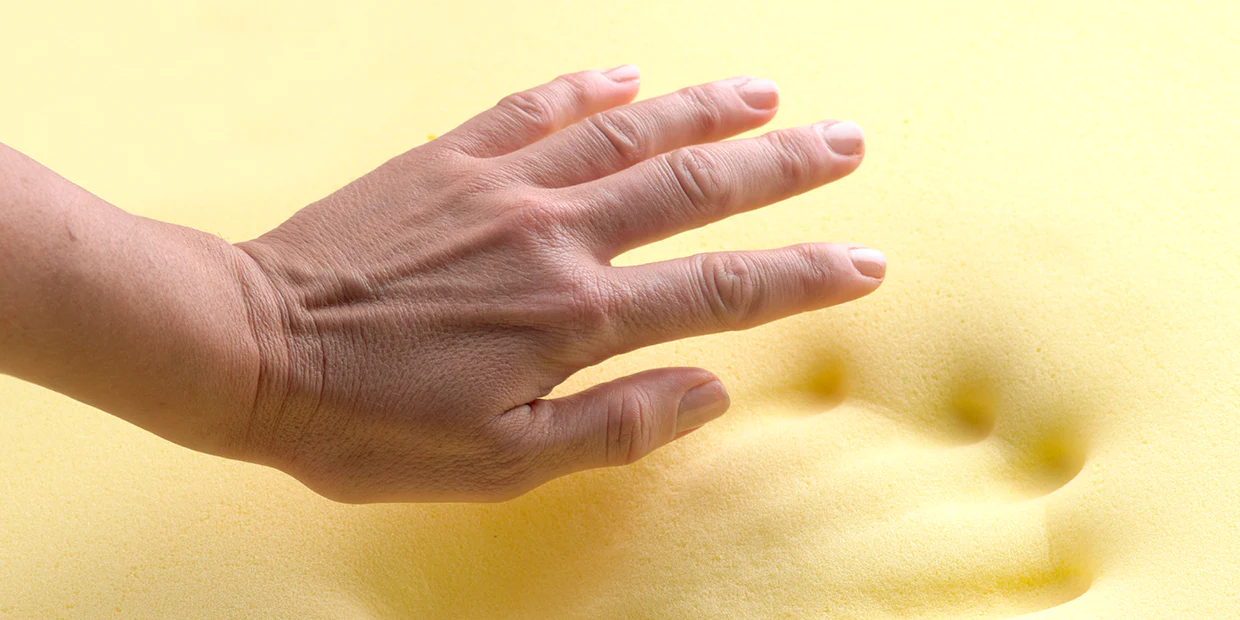

Bedroom Furniture
Does Memory Foam Get Hard When Cold
Modified: October 20, 2024
Discover how temperature affects memory foam in bedroom furniture. Find out if memory foam gets hard when cold and how to prevent it. Explore the best tips for maintaining comfort.
(Many of the links in this article redirect to a specific reviewed product. Your purchase of these products through affiliate links helps to generate commission for Storables.com, at no extra cost. Learn more)
**
Introduction
**
When it comes to creating a cozy and inviting bedroom, the choice of furniture and design elements plays a crucial role. Among the various options available, memory foam mattresses and pillows have gained significant popularity due to their exceptional comfort and support. However, like all materials, memory foam is influenced by external factors, including temperature. One common concern among individuals considering memory foam products is whether they become hard when exposed to cold temperatures. In this comprehensive guide, we will delve into the fascinating world of memory foam, exploring its properties, the effects of cold weather, and valuable tips for optimizing its performance in chilly conditions. So, let's embark on this enlightening journey to unravel the mysteries of memory foam and its behavior in cold environments.
**
Key Takeaways:
- Memory foam may get harder in cold temperatures, affecting its initial feel and responsiveness. However, it gradually adjusts to body heat, and pre-warming and layering can help maintain its comfort.
- To optimize memory foam in cold weather, maintain a consistent room temperature, pre-warm the mattress, and use insulating bedding accessories. These proactive measures ensure a cozy and supportive sleep experience.
Read more: How To Soften A Hard Memory Foam Pillow
Understanding Memory Foam
**
Before delving into the impact of cold weather on memory foam, it’s essential to grasp the fundamental characteristics of this innovative material. Memory foam, also known as viscoelastic foam, was initially developed by NASA in the 1970s for cushioning and crash protection in aircrafts. This unique foam is renowned for its ability to contour to the body’s shape, offering unparalleled comfort and support. Unlike traditional mattresses and pillows, memory foam responds to body heat, allowing it to mold to the sleeper’s curves and distribute weight evenly.
One of the distinguishing features of memory foam is its sensitivity to temperature. When exposed to warmth, the foam becomes pliable, conforming to the body’s contours and providing a luxurious sleeping experience. However, in colder temperatures, the foam’s responsiveness may be affected, leading to concerns about its firmness and comfort level. Understanding the intricate interplay between memory foam and temperature is crucial for harnessing its full potential and ensuring a restful night’s sleep, regardless of the weather conditions.
Moreover, memory foam is renowned for its ability to minimize motion transfer, making it an ideal choice for couples or individuals sharing a bed. This feature allows for uninterrupted sleep, as movements on one side of the bed are less likely to disturb the other sleeper.
Furthermore, memory foam is inherently hypoallergenic and resistant to dust mites, making it a compelling option for individuals with allergies or respiratory sensitivities. Its durable and long-lasting nature also contributes to its appeal, offering a sound investment in terms of both comfort and longevity.
By comprehending the unique properties and benefits of memory foam, individuals can make informed decisions when selecting bedroom furniture and design elements, ensuring a harmonious blend of comfort, support, and aesthetic appeal.
**
Effects of Cold on Memory Foam
**
While memory foam is celebrated for its exceptional comfort and adaptability, its response to cold temperatures can raise questions and concerns among consumers. When exposed to chilly environments, memory foam may exhibit changes in its firmness and responsiveness, impacting the overall sleeping experience. The influence of cold on memory foam can be attributed to its unique composition and the behavior of viscoelastic materials in varying thermal conditions.
One notable effect of cold weather on memory foam is an increase in firmness. As the temperature drops, the foam’s cells contract, causing it to become stiffer and less yielding. This can lead to a sensation of initial hardness when lying down on a cold memory foam mattress or pillow. The degree of firmness experienced by individuals may vary based on the specific formulation and density of the memory foam, as well as the extent of temperature fluctuation.
Additionally, cold temperatures can affect the speed at which memory foam regains its original shape after being compressed. In contrast to warmer environments where the foam quickly adjusts to body contours, cold conditions may prolong the recovery time, impacting the foam’s ability to adapt to movements and changes in sleeping positions.
Furthermore, prolonged exposure to cold can potentially compromise the overall longevity and performance of memory foam products. Extreme temperatures, especially those below freezing, may lead to structural changes in the foam, affecting its resilience and supportive properties over time. Therefore, it is essential to consider the environmental conditions in which memory foam mattresses and pillows are utilized to maintain their optimal functionality and comfort.
It’s important to note that while cold weather can influence the initial feel and responsiveness of memory foam, the material is designed to gradually adjust to body heat, potentially alleviating some of the perceived firmness as it warms up during use. However, individuals residing in colder climates or those seeking to enhance the comfort of their memory foam products in chilly conditions may benefit from implementing specific strategies and precautions.
By gaining insights into the effects of cold on memory foam, individuals can make informed decisions and take proactive measures to optimize their sleeping environment, ensuring a cozy and restorative experience regardless of the external temperature.
**
Memory foam can become firmer in cold temperatures, so if you live in a cold climate, consider using a heated mattress pad or room heater to keep it soft and comfortable.
Tips for Using Memory Foam in Cold Weather
**
While cold weather can pose challenges for memory foam products, there are several effective strategies and tips to mitigate the impact of low temperatures and optimize the performance of memory foam mattresses and pillows. By implementing these recommendations, individuals can enhance their sleeping experience and maintain the exceptional comfort and support that memory foam is renowned for, even in chilly environments.
- Room Temperature: To create a conducive environment for memory foam, maintain a consistent room temperature within the recommended range of 60-72 degrees Fahrenheit (15-22 degrees Celsius). This helps to prevent drastic fluctuations that can affect the firmness and responsiveness of the foam.
- Pre-Warming: Prior to bedtime, consider pre-warming the mattress and pillows using a gentle heat source, such as a heated blanket or mattress pad. This can help offset the initial firmness of cold memory foam and promote a more comfortable sleeping surface.
- Layering: Utilize additional bedding layers, such as a plush mattress topper or a cozy fleece cover, to provide an extra buffer against the cold and enhance the overall warmth of the sleeping surface. This can contribute to a more inviting and comfortable bed environment, especially during winter months.
- Body Heat Activation: Encourage the natural body heat to gradually warm up the memory foam by allowing some time for the mattress and pillows to adjust to room temperature and the sleeper’s warmth. This can facilitate the contouring and molding properties of memory foam, promoting a personalized and supportive sleeping experience.
- Regular Maintenance: Keep the bedroom well-insulated and draft-free to minimize the impact of external cold air on the memory foam products. Additionally, periodically rotating the mattress and fluffing the pillows can help maintain their resilience and prevent the formation of cold spots.
- Use of Bedding Accessories: Consider using breathable and insulating bedding accessories, such as moisture-wicking sheets and breathable pillow protectors, to regulate temperature and moisture levels, creating a comfortable microclimate around the memory foam products.
By incorporating these practical tips into their sleep routine, individuals can harness the full potential of memory foam mattresses and pillows, ensuring a cozy and supportive rest irrespective of the external temperature. These proactive measures not only optimize the performance of memory foam in cold weather but also contribute to a rejuvenating and indulgent sleep experience throughout the year.
**
Conclusion
**
Memory foam has revolutionized the realm of bedroom furniture and design, offering unparalleled comfort, support, and personalized sleep experiences. While the impact of cold weather on memory foam may raise concerns, understanding its properties and implementing effective strategies can help individuals optimize their sleeping environment and maintain the exceptional qualities of memory foam products.
By delving into the intricate interplay between memory foam and temperature, we have gained valuable insights into the effects of cold weather on the firmness, responsiveness, and longevity of memory foam mattresses and pillows. Despite the initial firmness that cold temperatures may induce, memory foam is designed to gradually adjust to body heat, potentially mitigating the perceived impact of cold on its properties.
Through the implementation of practical tips, such as maintaining a consistent room temperature, pre-warming the sleeping surface, and utilizing insulating bedding accessories, individuals can create a cozy and inviting sleep environment, ensuring the optimal performance of memory foam in cold weather. These proactive measures not only enhance the comfort and warmth of memory foam products but also contribute to a restorative and indulgent sleep experience throughout the year.
As we navigate the dynamic relationship between memory foam and external temperature, it is evident that with informed choices and thoughtful adjustments, individuals can continue to revel in the luxurious comfort and supportive embrace of memory foam, transcending the challenges posed by cold weather. By leveraging our understanding of memory foam and its behavior, we empower ourselves to curate an ideal sleep sanctuary, where the allure of memory foam’s contouring properties and resilience remains undiminished, regardless of the season.
In essence, memory foam epitomizes the fusion of innovation and comfort, offering a transformative approach to bedroom furnishing and design. Its ability to adapt to the body’s contours, minimize motion transfer, and resist allergens makes it a compelling choice for those seeking a rejuvenating and personalized sleep experience. By navigating the nuances of temperature and memory foam, individuals can unlock the full potential of this remarkable material, creating a haven of tranquility and relaxation within their bedrooms.
Frequently Asked Questions about Does Memory Foam Get Hard When Cold
Was this page helpful?
At Storables.com, we guarantee accurate and reliable information. Our content, validated by Expert Board Contributors, is crafted following stringent Editorial Policies. We're committed to providing you with well-researched, expert-backed insights for all your informational needs.
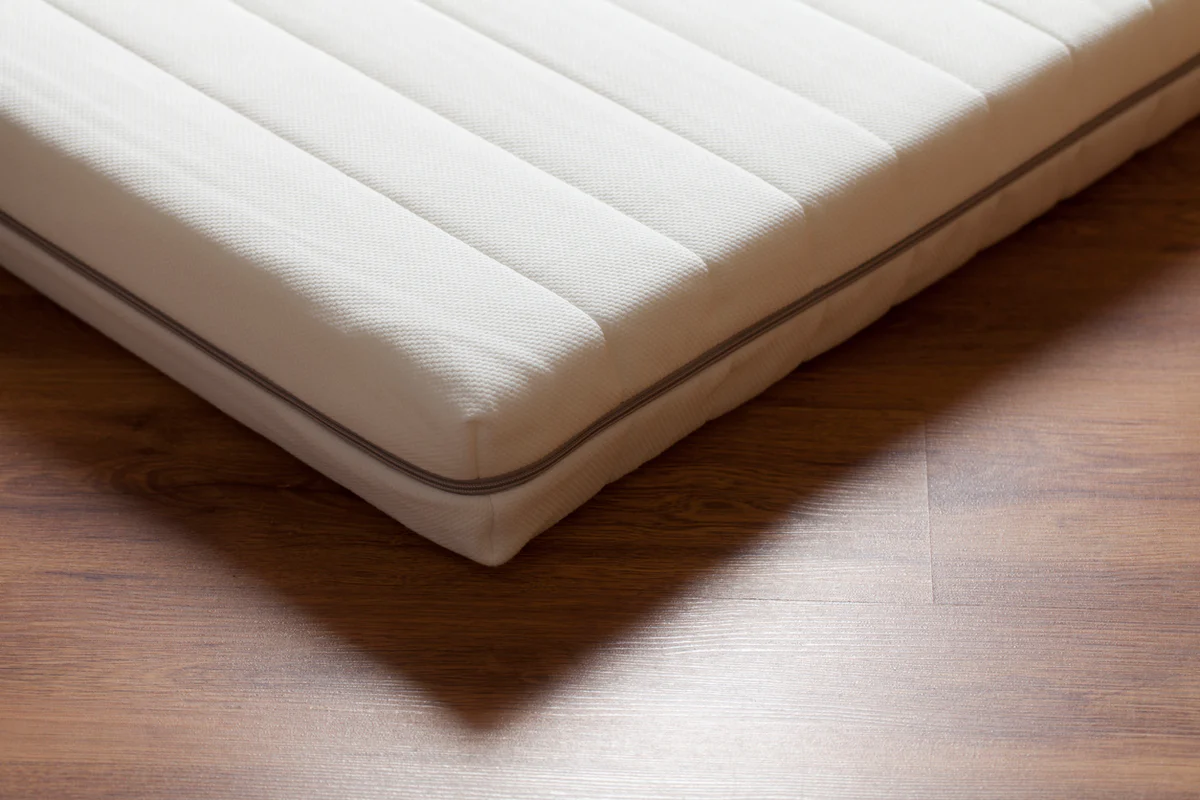
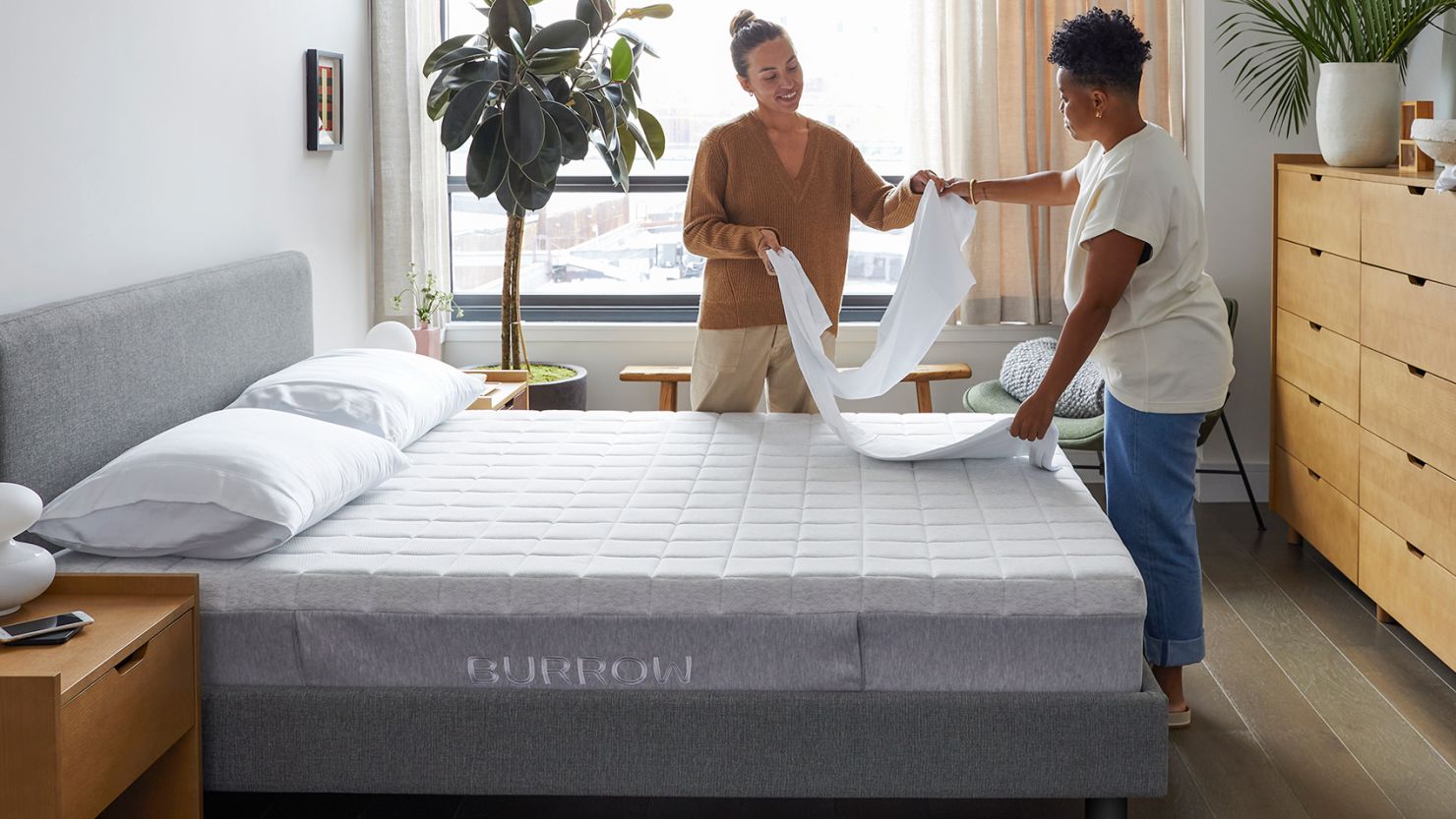
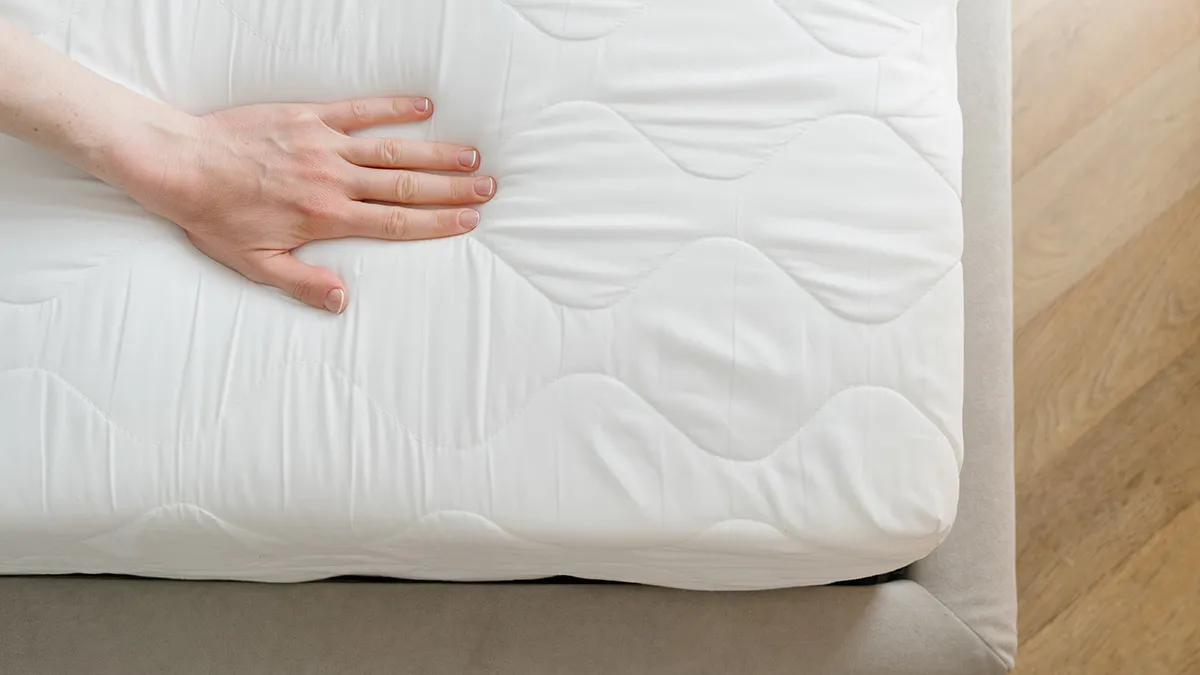
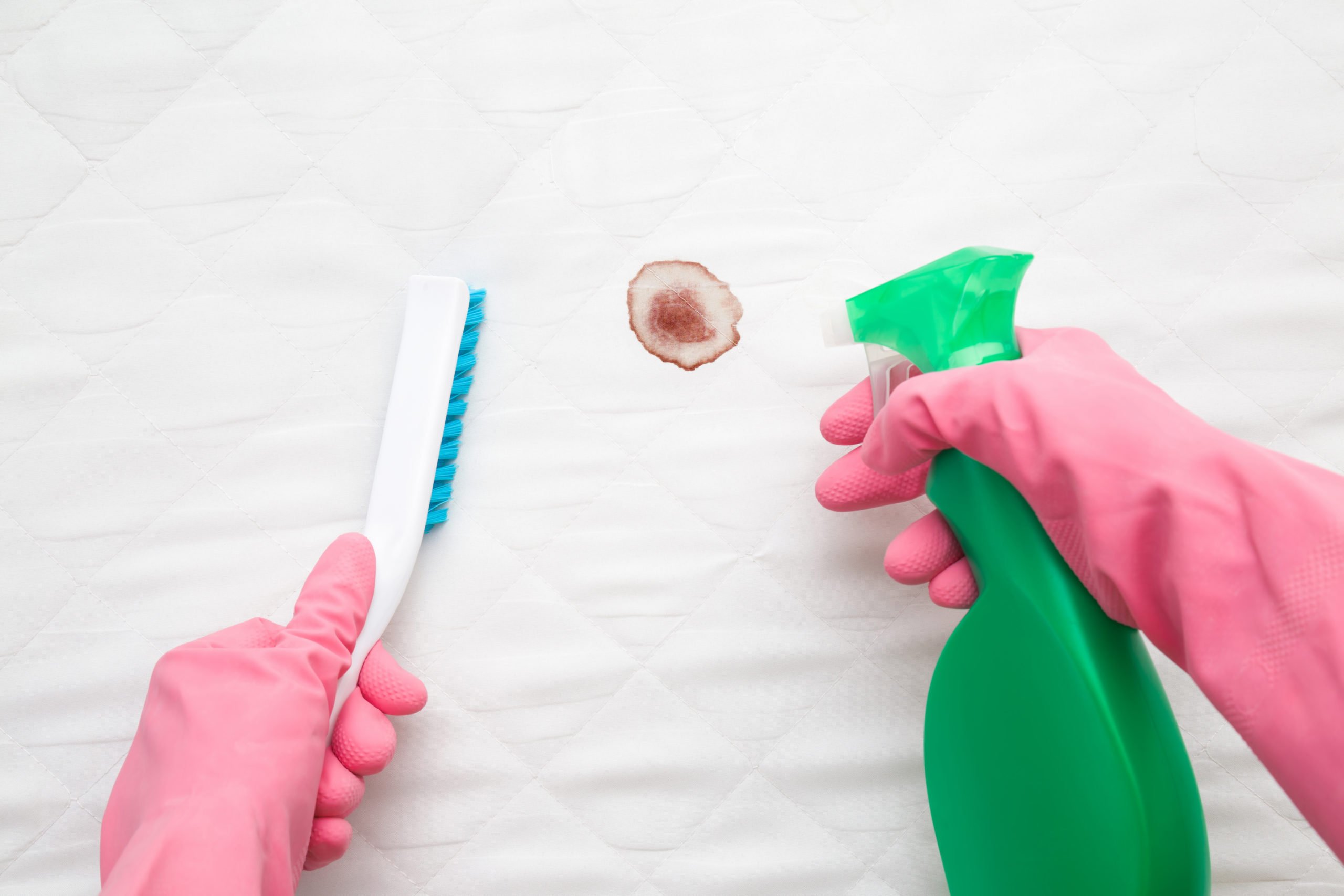
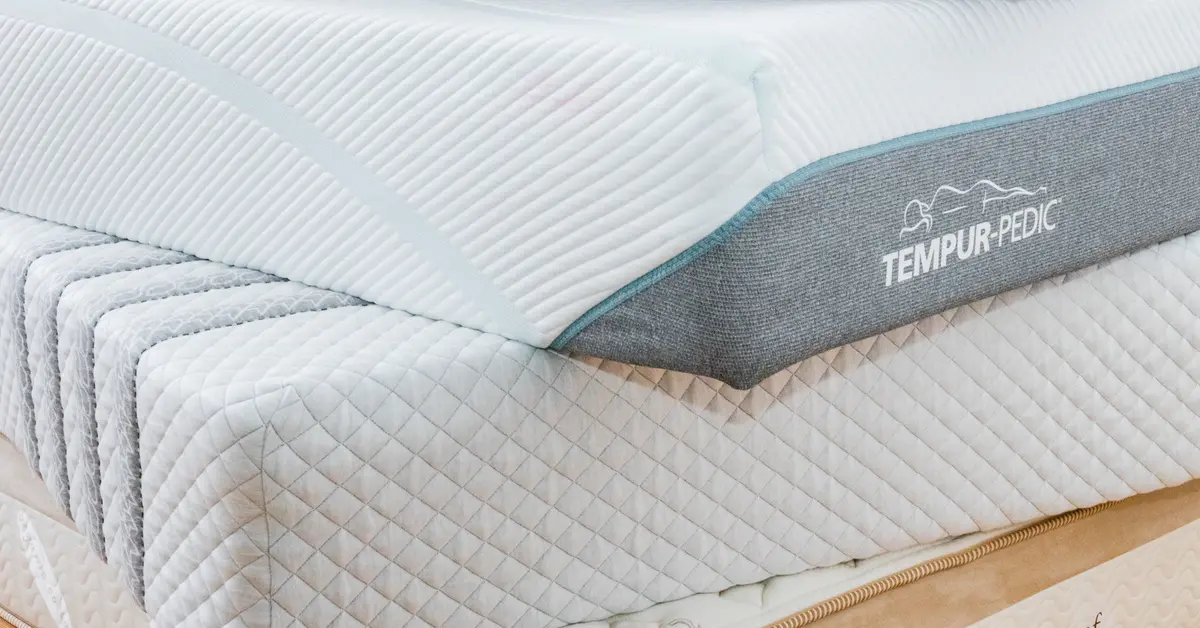
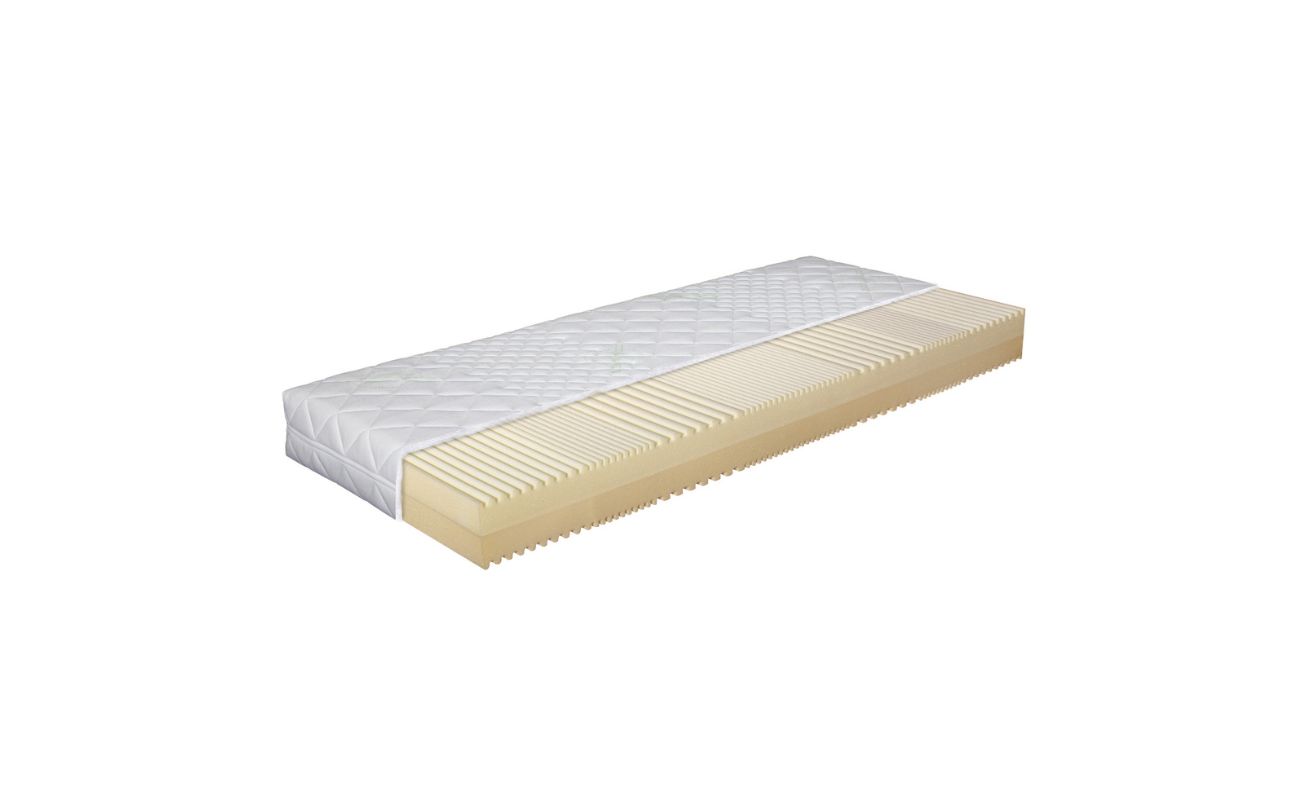

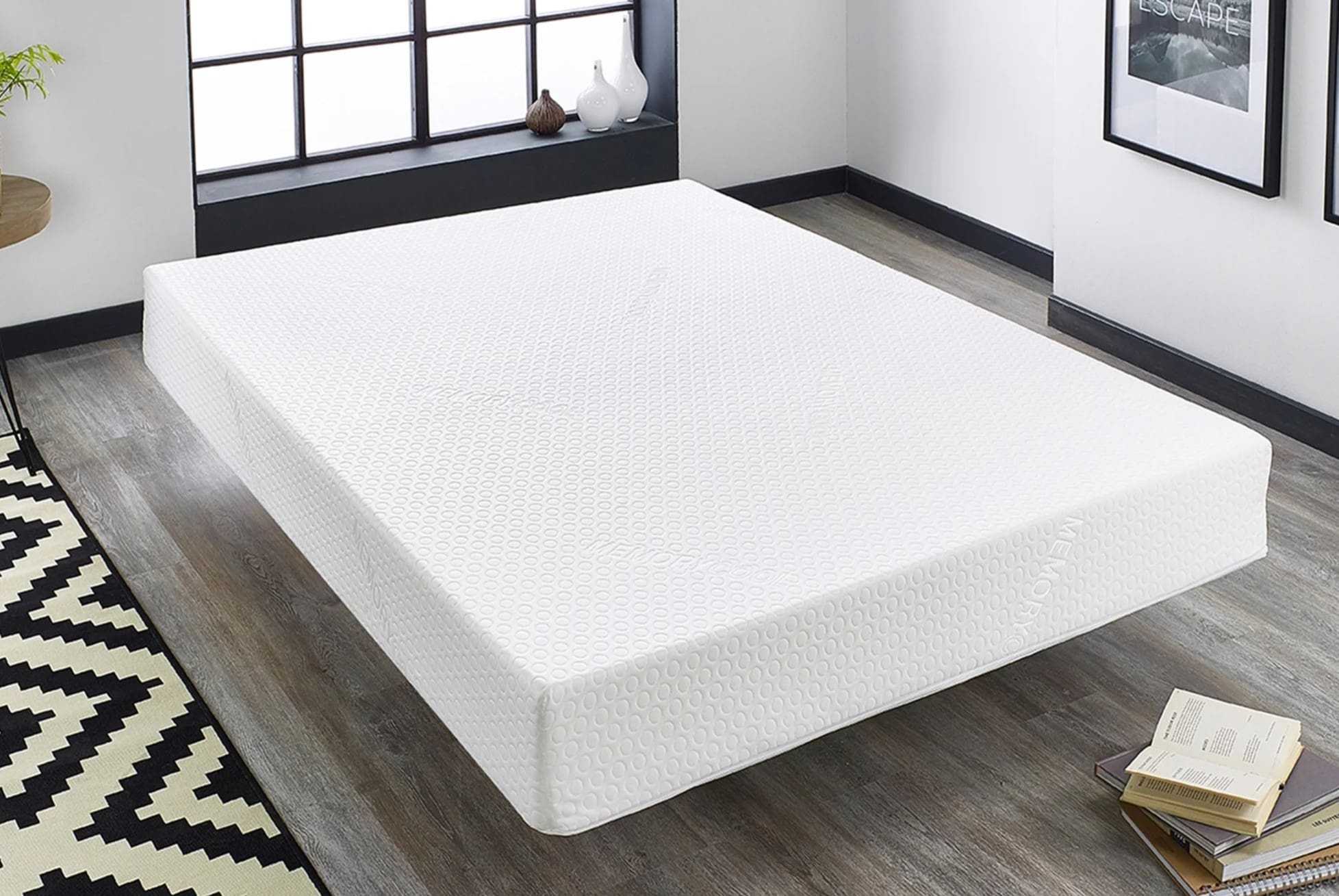
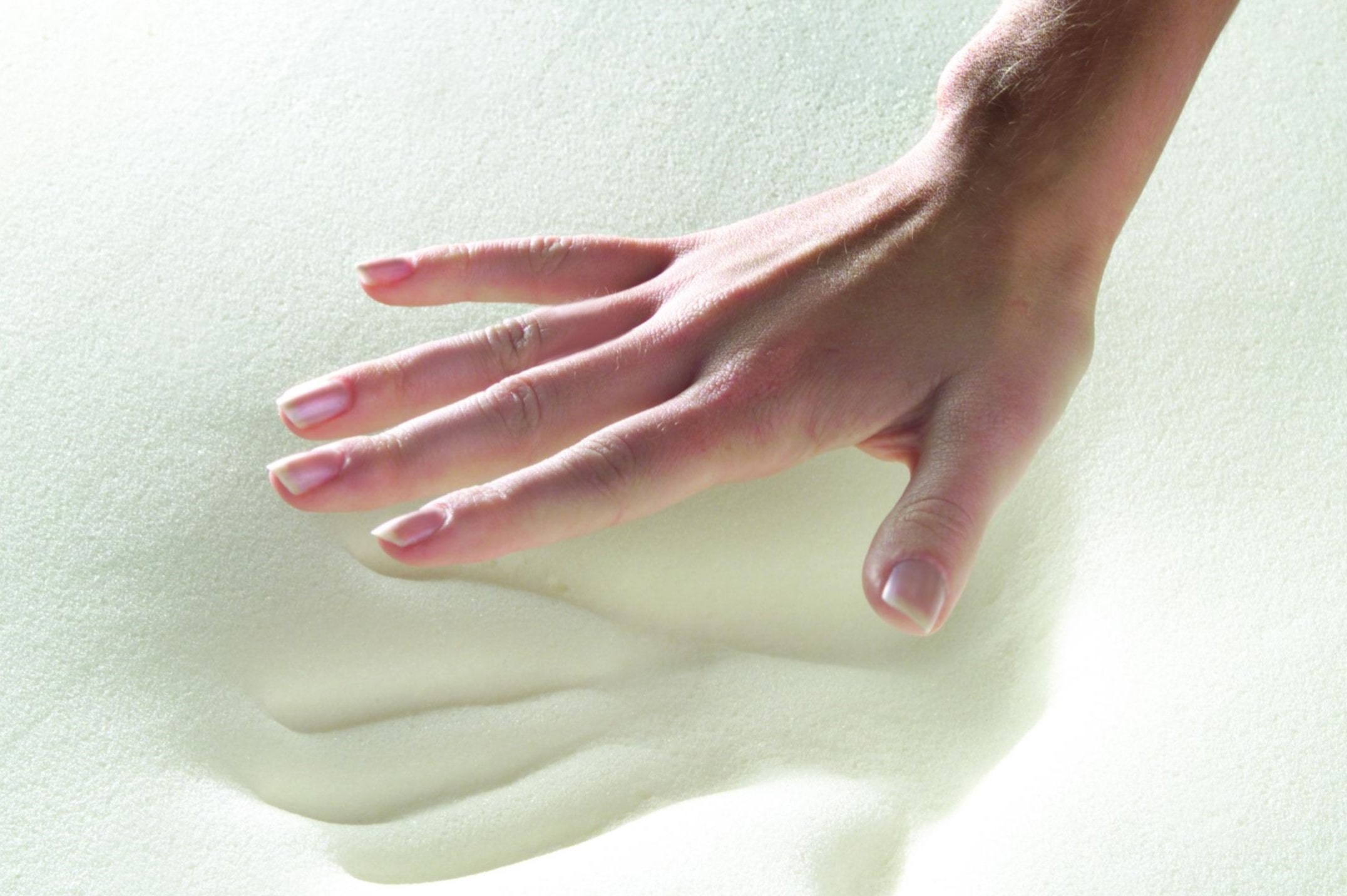


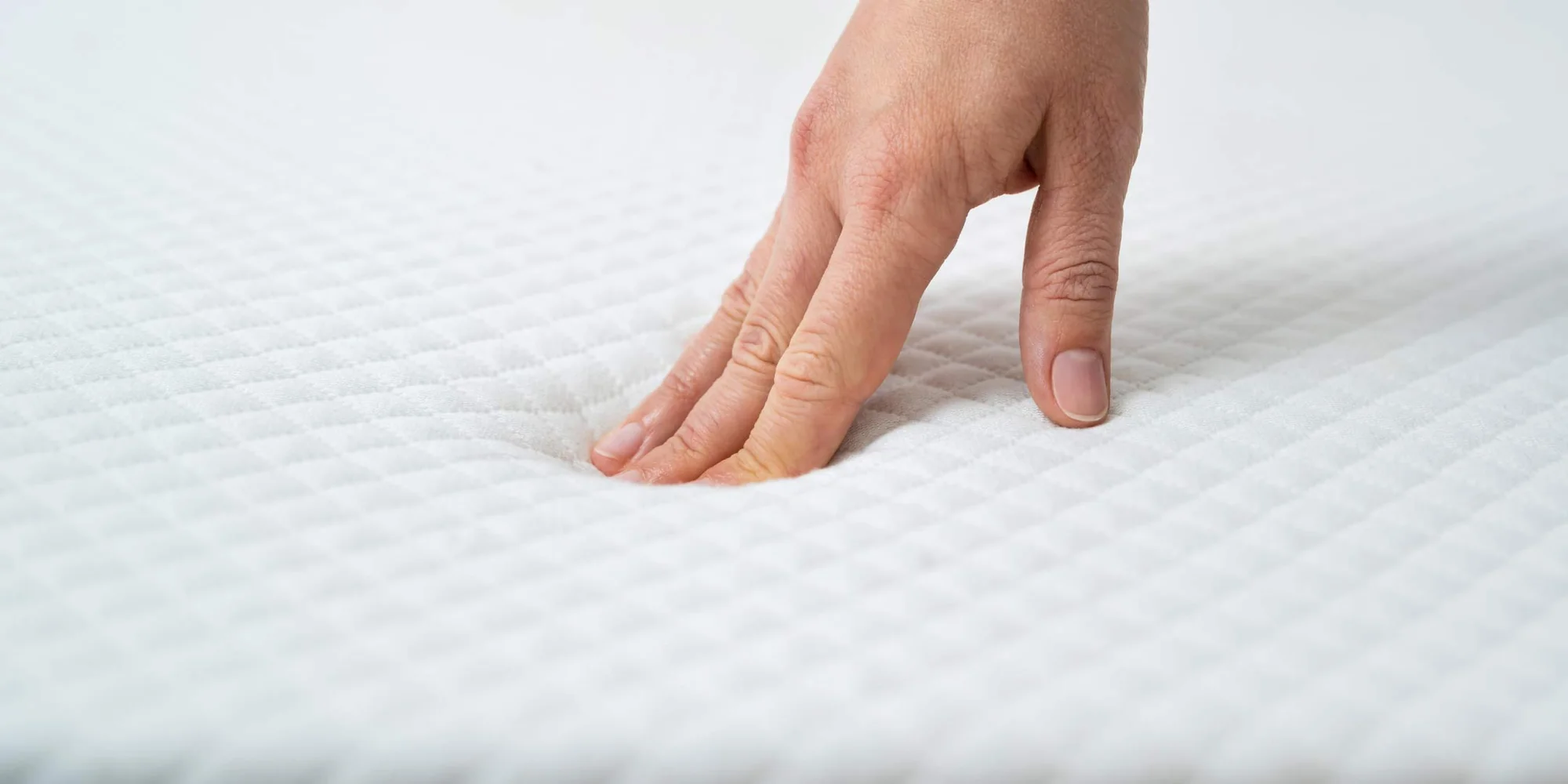
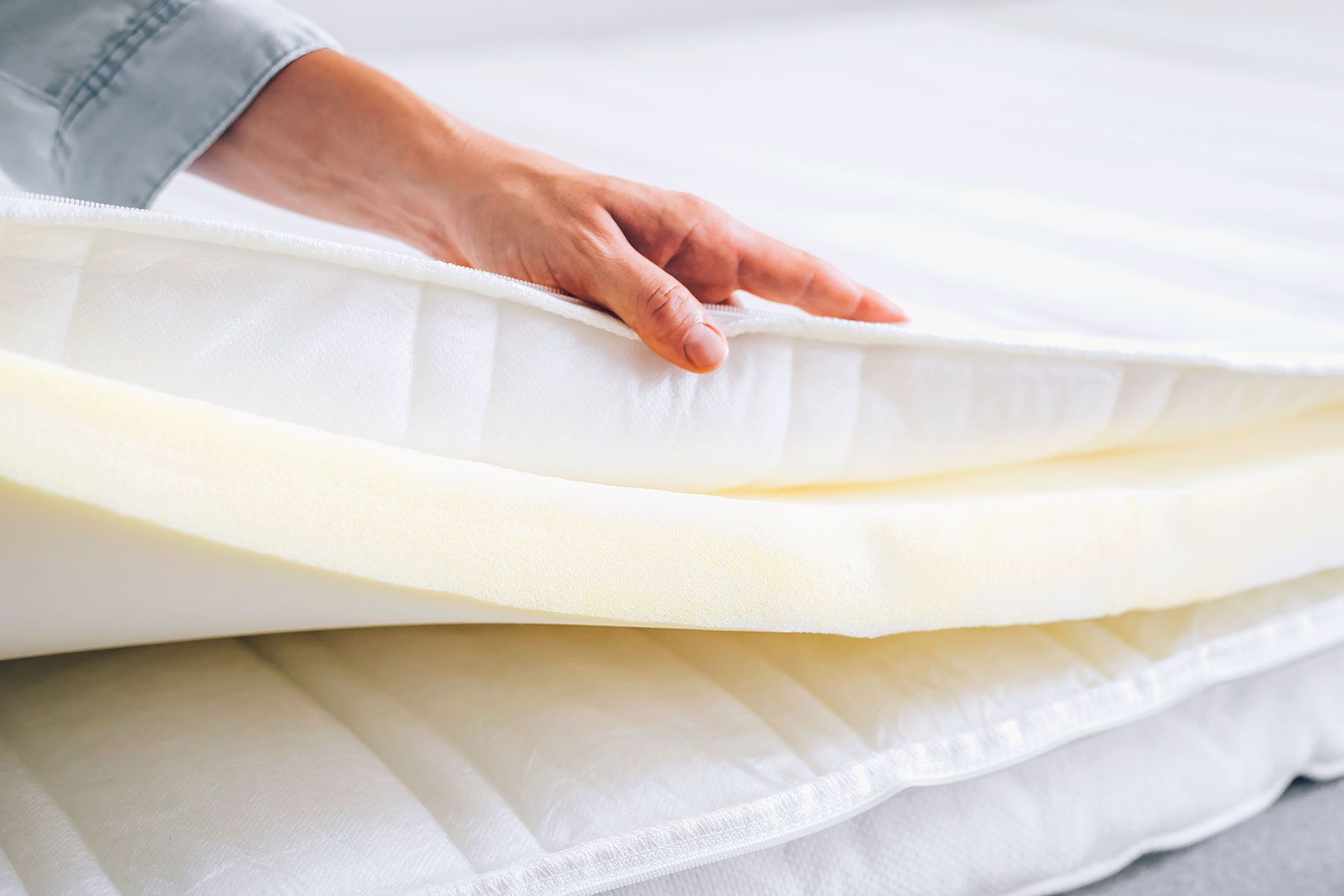
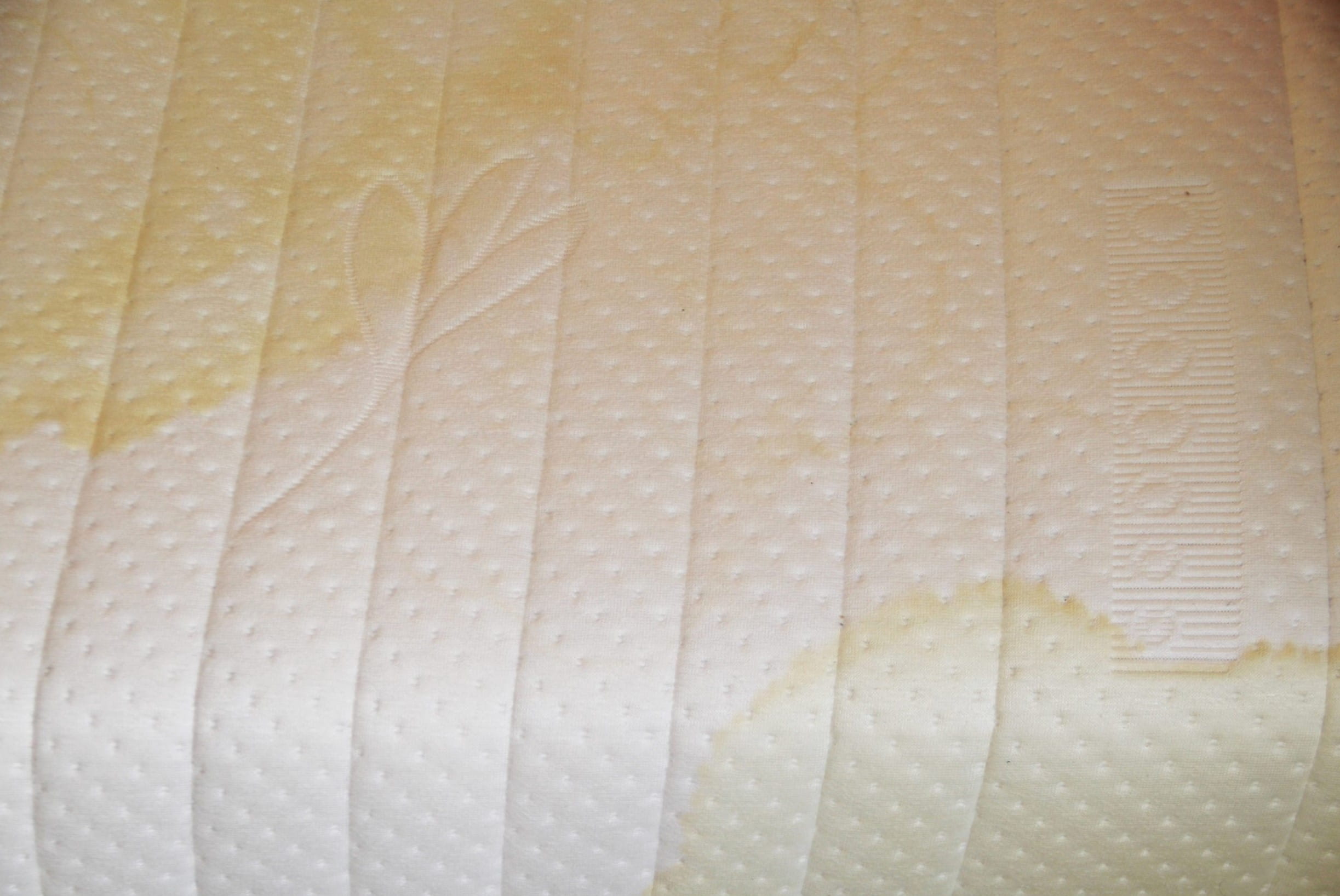
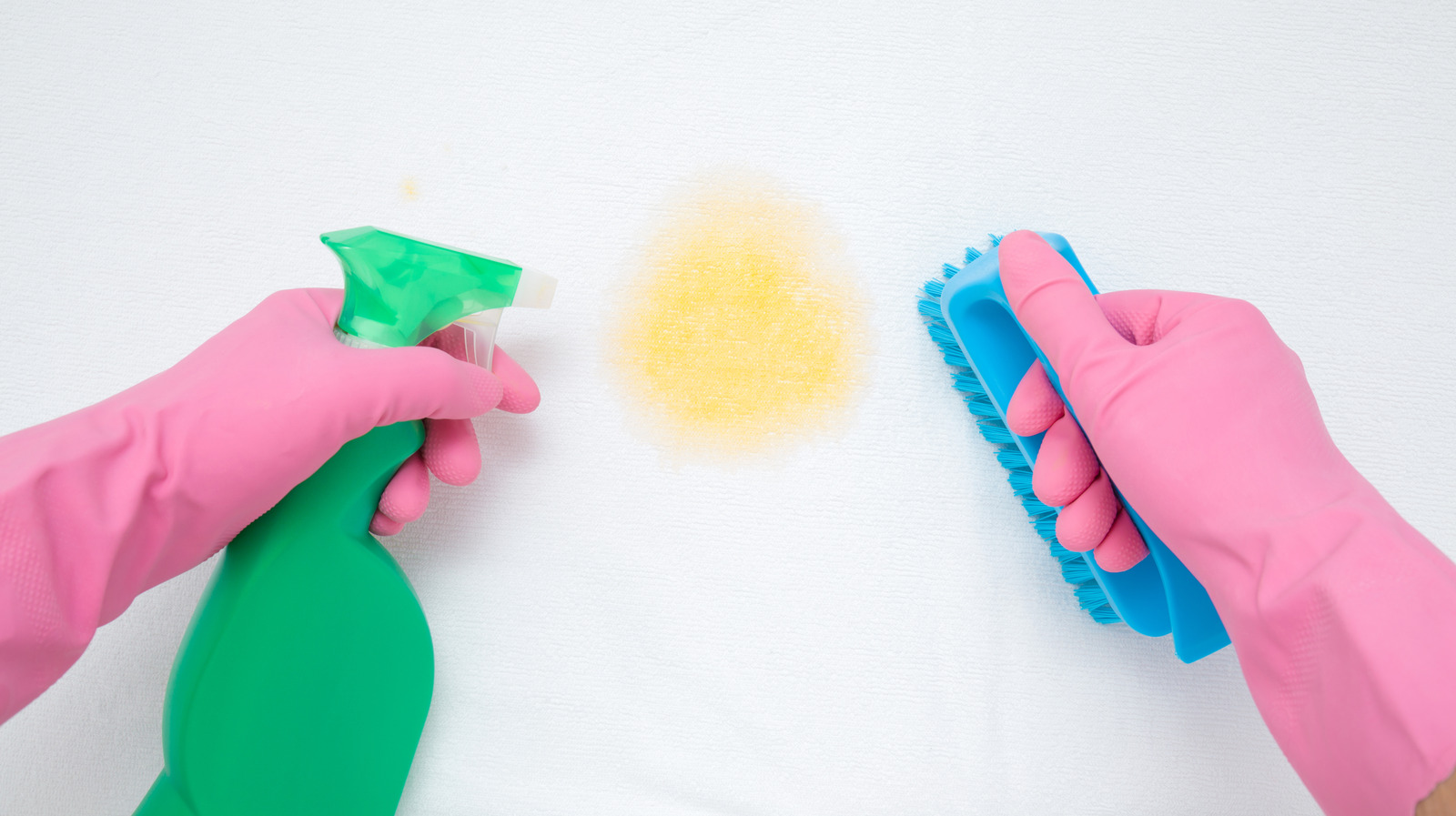

0 thoughts on “Does Memory Foam Get Hard When Cold”